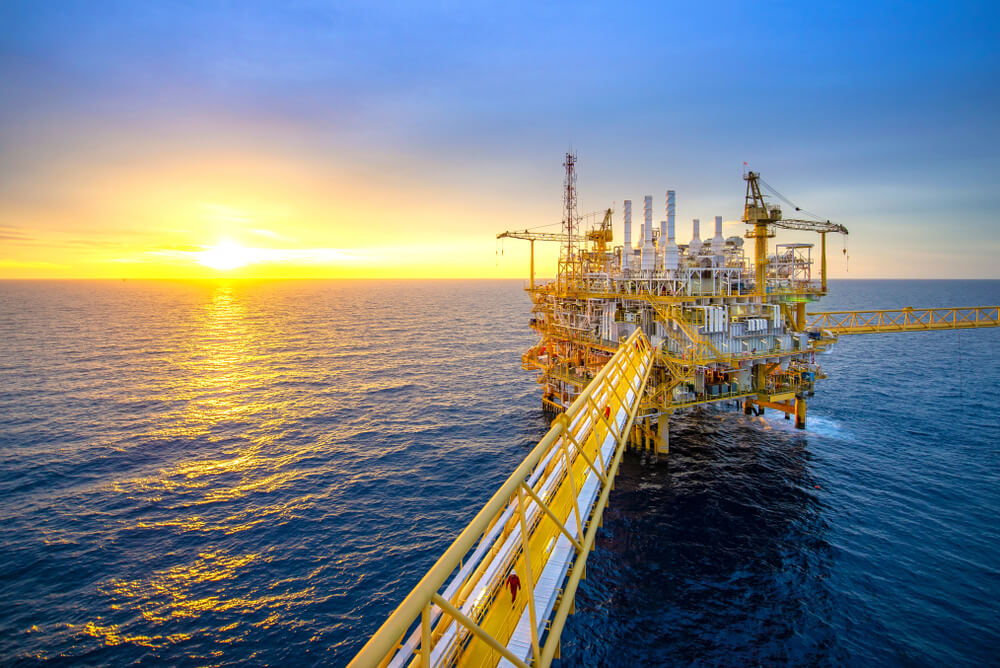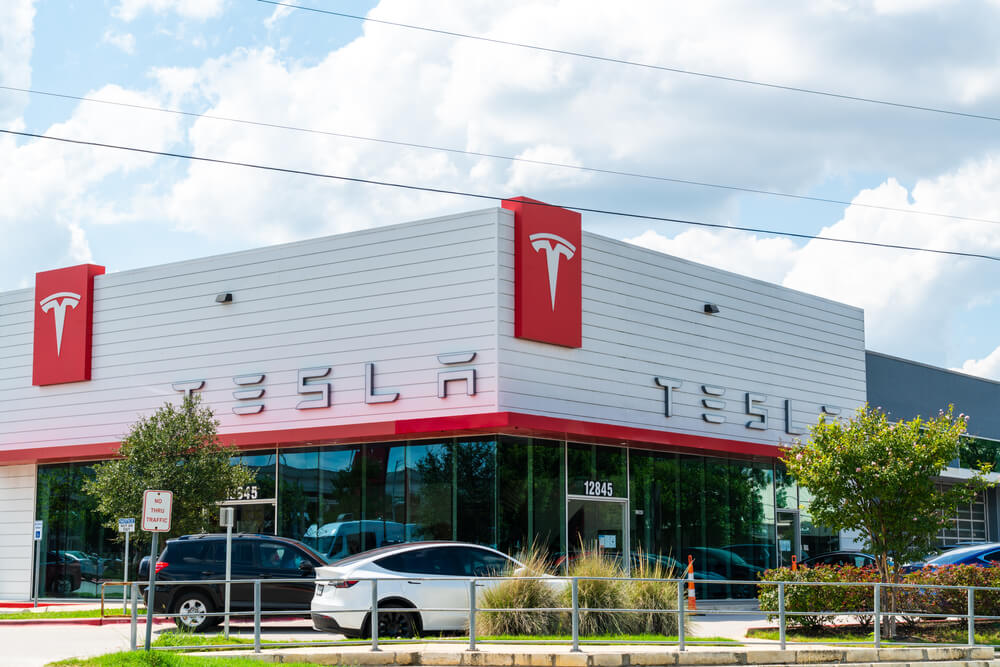Oil price slashed gains from the previous session. A soaring number of Covid-19 cases worldwide igniting downward pressure for demand.
Nevertheless, the black gold is looking towards achieving its 7th weekly high. It is only slightly short of touching a nine-month high price threshold.
In the latest commodity charts, Brent crude futures shed off 0.5% or 26 cents and settled at $51.24 per barrel.
Consequently, the West Texas Intermediate futures contract descended by 0.4% to trade at $48.19 per barrel.
Both major contracts recorded gains in Thursday’s session. They were buoyed by the developments surrounding the stimulus package in the United States that led to a weaker dollar.
For a brief context, the greenback and the crude have a reverse relationship with one another. A trudging dollar means cheaper crude oil for other currencies, stimulating demand.
In a longer-term prospect, analysts noted that the commodity remains on the bullish trajectory. The successive advance from vaccine administration supports this claim.
Earlier in the week, the United States started the inoculation process among front-line healthcare workers and the elderly in nursing homes.
This came swiftly after the approval of the US Food and Drug Administration on the emergency use of the Pfizer-BioNTech shot last week.
The event is the world’s biggest. Consumer market turned out to be supportive of oil price as vaccine indicates a stronger demand in the coming months.
Now that the world is seemingly coming back to the pre-pandemic setting slowly, analysts are optimistic that the crude has more room for growth in the longer-term projection.
However, in the current situation of a steady increase in daily infections, traders are putting their bets based on the short-term, thereby in a setting where demand is still undoubtedly sluggish.
OPEC Will Add to the Pressure Next Month
Drawing a holistic analysis, the market is equally mixed among optimists and pessimists.
The risk appetite remains strong in the market. However, some spectators warned their counterparts to make conservative bets given the persisting uncertainty.
Demand remains far from steadying but OPEC is already capitalizing on the emergence of the vaccine to increase their collective outputs.
The organization is planning to increase the daily production of 500,000 barrels per day as early as January next year in an attempt to gradually revert its standing to the pre-pandemic level.
Some analysts are supportive of OPEC’s decision. They believe that the rising consumption in Asia will compensate for the added supply and will keep prices in check.















